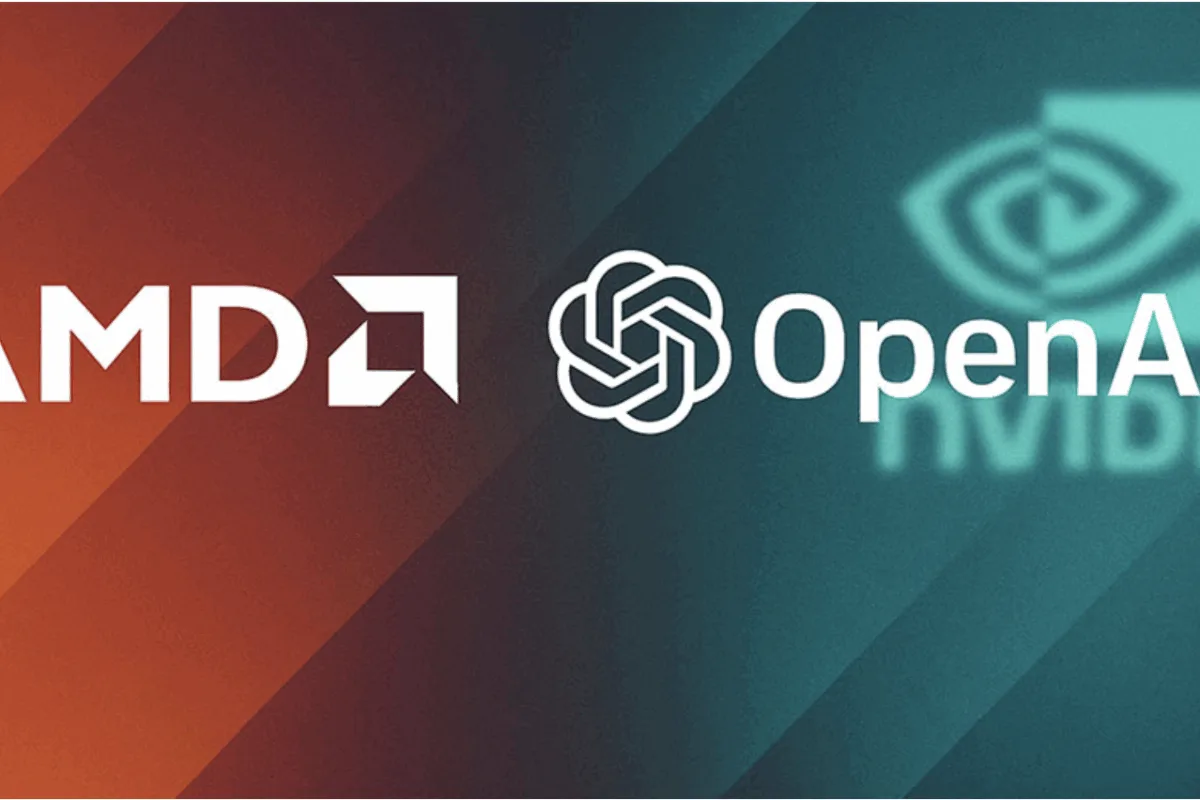In a landmark move signaling the intensifying race for AI compute dominance, AMD and OpenAI have announced a strategic partnership to deploy up to six gigawatts of AMD Instinct GPUs — a massive multi-year, multi-generation collaboration aimed at building the backbone of OpenAI’s next-generation artificial intelligence infrastructure.
The first phase, involving the deployment of 1 gigawatt of AMD’s new Instinct MI450 GPUs, is scheduled to roll out in the second half of 2026.
The agreement cements AMD’s position as one of OpenAI’s core compute partners, alongside its ongoing relationships with other chipmakers, and underscores how high-performance computing is becoming the currency of innovation in the global AI economy.
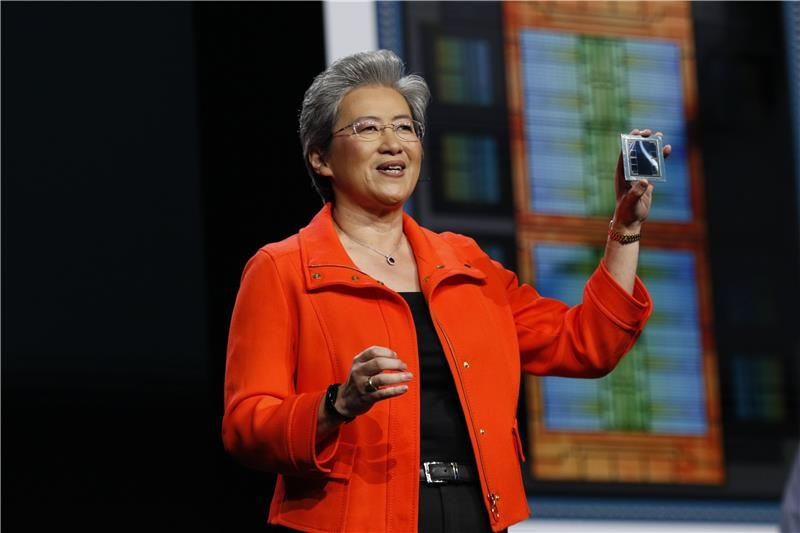
Dr. Lisa Su, Chair and CEO of AMD
“We are thrilled to partner with OpenAI to deliver AI compute at massive scale,” said Dr. Lisa Su, Chair and CEO of AMD. “This partnership brings the best of AMD and OpenAI together to create a true win-win — enabling the world’s most ambitious AI buildout and advancing the entire AI ecosystem.”
The partnership expands on a multi-year collaboration that began with AMD’s MI300X and MI350X series chips. Under the new agreement, both companies will jointly optimize their hardware and software roadmaps, ensuring compatibility and performance for OpenAI’s evolving models.
A 6-gigawatt commitment — and a financially strategic twist
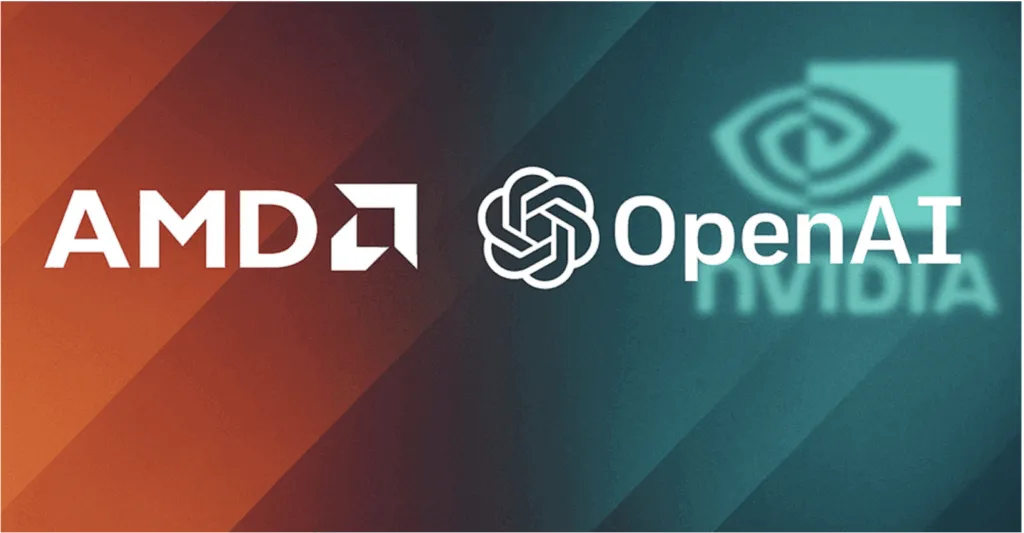
As part of the deal, AMD issued warrants for up to 160 million shares of its common stock to OpenAI, with vesting tied to deployment milestones. The first tranche will vest upon completion of the initial 1-gigawatt rollout, while additional tranches will vest as total GPU deployments scale to the 6-gigawatt target — and as AMD meets specific share-price and performance milestones.
Analysts view this move as both a bet on OpenAI’s growth trajectory and a way for AMD to lock in long-term alignment with one of the world’s most influential AI players.
According to AMD’s Chief Financial Officer Jean Hu, the partnership is expected to generate “tens of billions of dollars in revenue” while being “highly accretive to AMD’s non-GAAP earnings-per-share.”
That financial windfall reflects the broader reality of AI infrastructure: as AI workloads grow exponentially, so too does the demand for high-performance compute. The GPU market — once the domain of gamers and scientific research — has evolved into a critical enabler of digital finance, algorithmic trading, and AI-driven risk modeling.
Powering AI’s financial frontier

Beyond powering ChatGPT or image generators, AI infrastructure like AMD’s Instinct GPUs forms the computational foundation of modern fintech applications — from real-time fraud detection and portfolio optimization to automated lending risk assessment.
As OpenAI’s models expand in complexity and capability, fintech firms increasingly depend on such models for credit scoring, customer service automation, and algorithmic decision-making.
“AI’s role in financial systems isn’t just about smarter chatbots — it’s about smarter data interpretation,” said a Manila-based fintech analyst. “This kind of compute scaling from AMD and OpenAI accelerates what’s possible across every layer of digital finance, especially as quantum-level AI models start informing risk and pricing strategies.”
The announcement also hints at new cloud and API-based business models.
By leveraging AMD’s rack-scale AI systems, OpenAI could eventually offer scalable AI services to enterprise clients — including banks, payments firms, and fintech startups — that need access to large-scale inference power without maintaining their own infrastructure.
AMD and OpenAI: Building the AI economy’s power grid
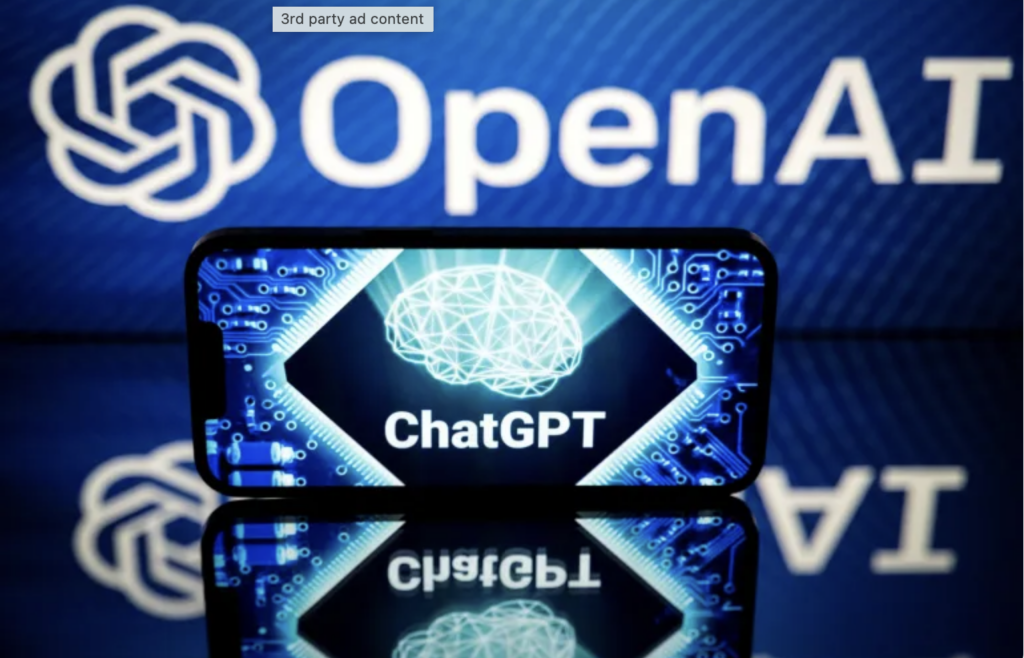
For Sam Altman, OpenAI’s co-founder and CEO, the partnership represents “a major step in building the compute capacity needed to realize AI’s full potential.”
AMD’s GPUs are designed to reduce energy consumption per operation, an increasingly critical factor as AI models require massive amounts of electricity. The 6-gigawatt target is roughly equivalent to the power needed for several large data centers — underscoring the energy-finance convergence now shaping AI economics.
“Building the future of AI requires deep collaboration across every layer of the stack,” said Greg Brockman, OpenAI’s co-founder and president. “Working alongside AMD will allow us to scale to deliver AI tools that benefit people everywhere.”
A partnership of scale and strategy
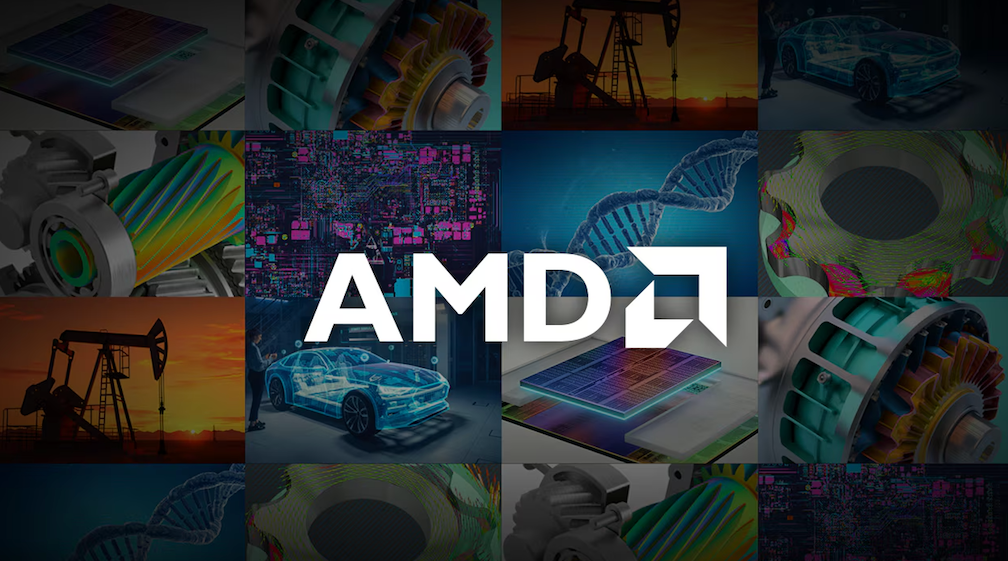
The AMD–OpenAI alliance is more than just a supply agreement — it’s a long-term wager on the infrastructure of intelligence itself.
By combining AMD’s hardware innovation with OpenAI’s software expertise, the two companies are creating what some analysts call “the AI grid of the 2030s” — a computational ecosystem as essential to global productivity as the internet was in the 1990s.
In the coming years, as AI models become central to both consumer technology and financial systems, partnerships like this will likely determine not just who leads in AI performance — but who owns the economic engines of the digital future.




